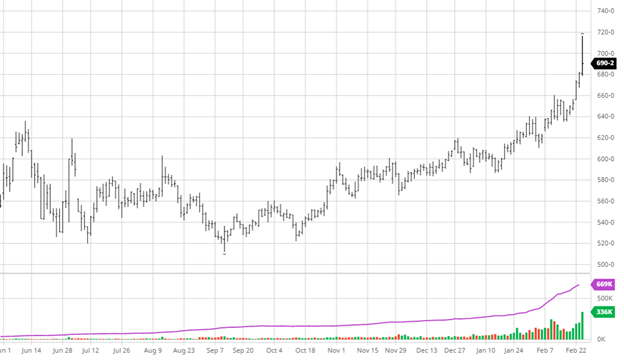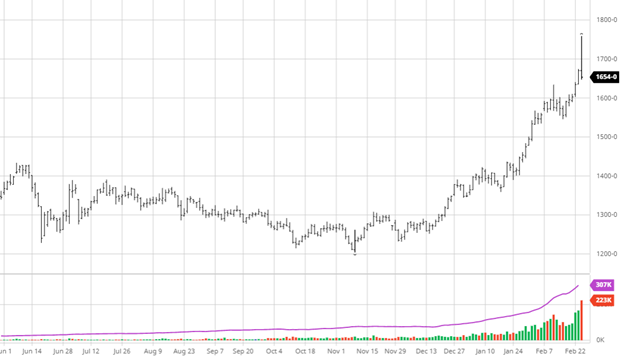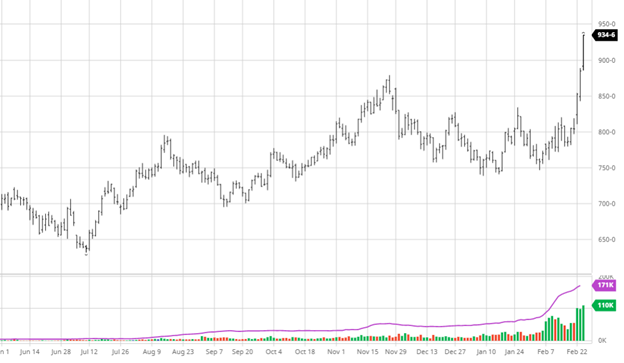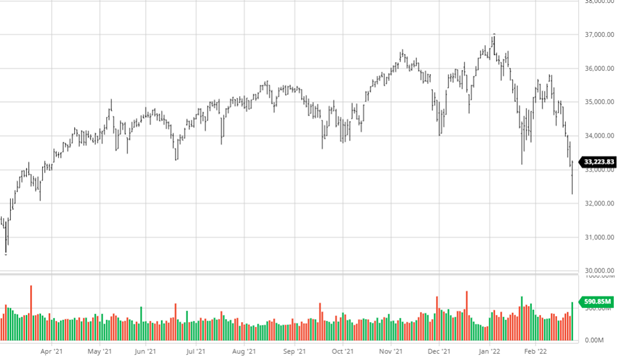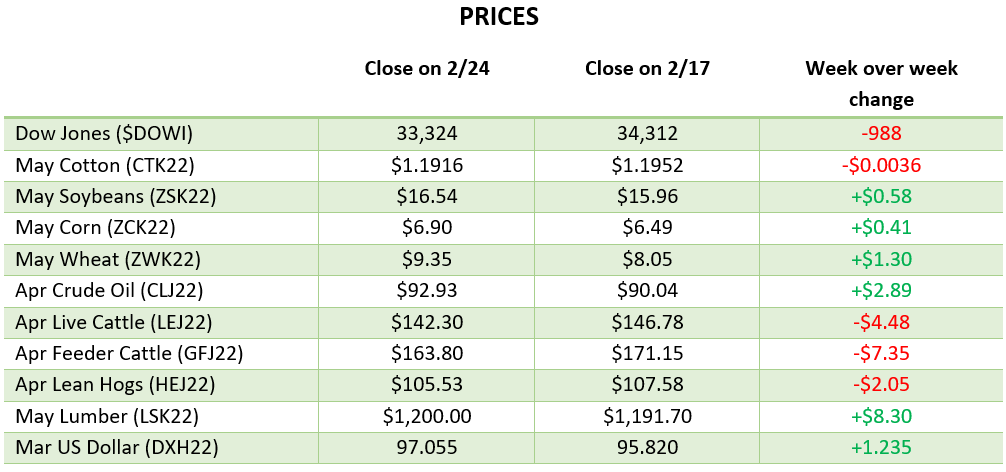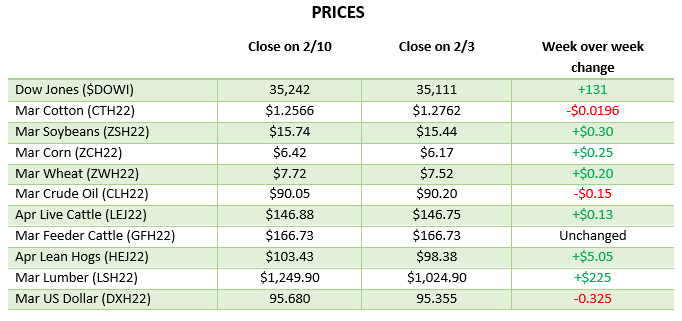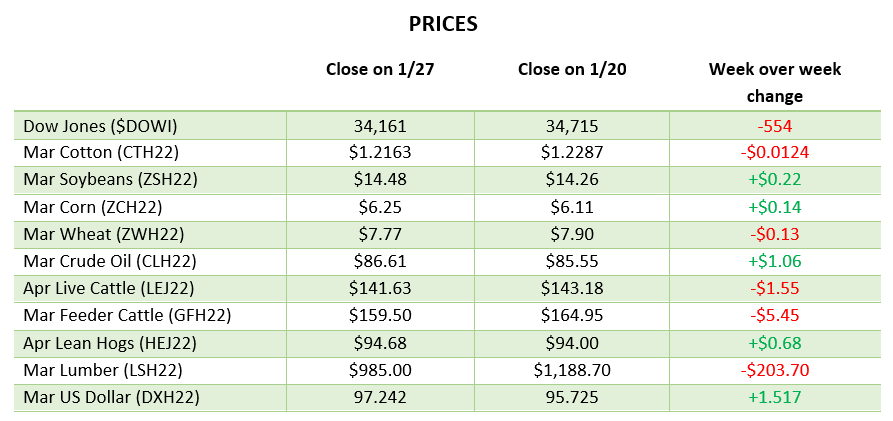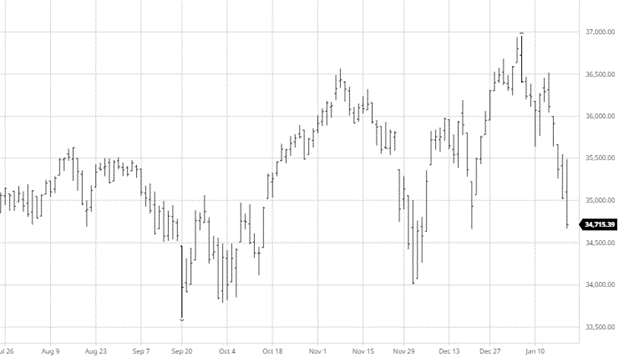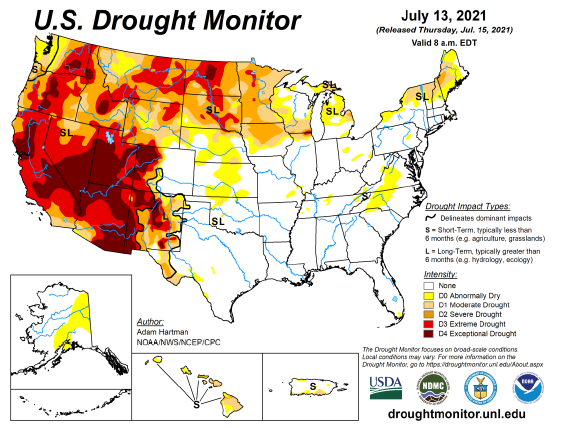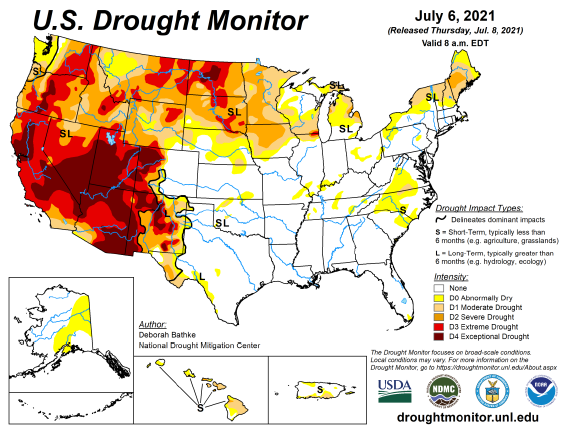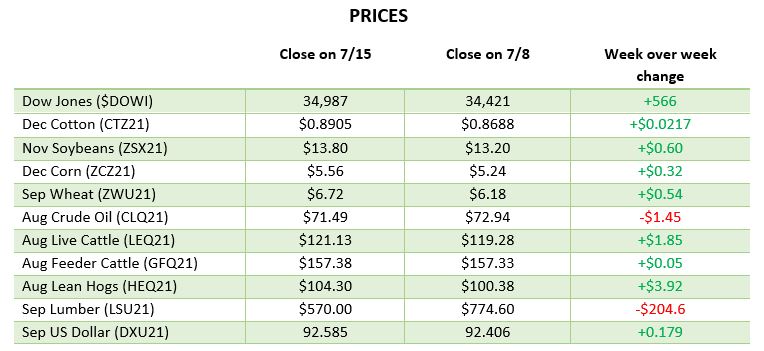 Corn made slight gains on the week with very volatile intraday markets. The Ukraine and Russian news continue to stay in the market and will likely dominate headlines until it ends. Other news worldwide is that South America got rains in southern Brazil and Argentina, with dry central and northern Brazil. Russian officials announced that they would suspend fertilizer exports through the end of the year, presenting a supply crunch across the world. This week’s USDA report was nonexistent in the markets as there were no surprises. As mentioned last week, Ukraine’s corn crop may not get in the ground as only 60% of seed is on farm; this will be important moving forward as world balance sheets get tighter.
Corn made slight gains on the week with very volatile intraday markets. The Ukraine and Russian news continue to stay in the market and will likely dominate headlines until it ends. Other news worldwide is that South America got rains in southern Brazil and Argentina, with dry central and northern Brazil. Russian officials announced that they would suspend fertilizer exports through the end of the year, presenting a supply crunch across the world. This week’s USDA report was nonexistent in the markets as there were no surprises. As mentioned last week, Ukraine’s corn crop may not get in the ground as only 60% of seed is on farm; this will be important moving forward as world balance sheets get tighter.

 Soybeans made small gains this week despite the wild intraday volatility. The USDA trimmed South American production again in this week’s report as they continue to baby step lower to what will be a smaller crop. World edible oil prices were up on the week pulling bean oil and soybeans higher. The Black Sea area’s worry and trade have affected the oils market, not just wheat.
Soybeans made small gains this week despite the wild intraday volatility. The USDA trimmed South American production again in this week’s report as they continue to baby step lower to what will be a smaller crop. World edible oil prices were up on the week pulling bean oil and soybeans higher. The Black Sea area’s worry and trade have affected the oils market, not just wheat.

 Wheat fell hard this week with an expanded limit down the day with a small bounce on Friday heading into the weekend. All the short wheat positions that were getting run over had the opportunity to get out this week with the move down. However, the unknown in eastern Europe and China having its worst winter wheat crop on record means there is still upside with volatility. Friday’s gains were welcome to see after three days of large losses. The cash market will be essential to follow as it will help determine the fair market value.
Wheat fell hard this week with an expanded limit down the day with a small bounce on Friday heading into the weekend. All the short wheat positions that were getting run over had the opportunity to get out this week with the move down. However, the unknown in eastern Europe and China having its worst winter wheat crop on record means there is still upside with volatility. Friday’s gains were welcome to see after three days of large losses. The cash market will be essential to follow as it will help determine the fair market value.
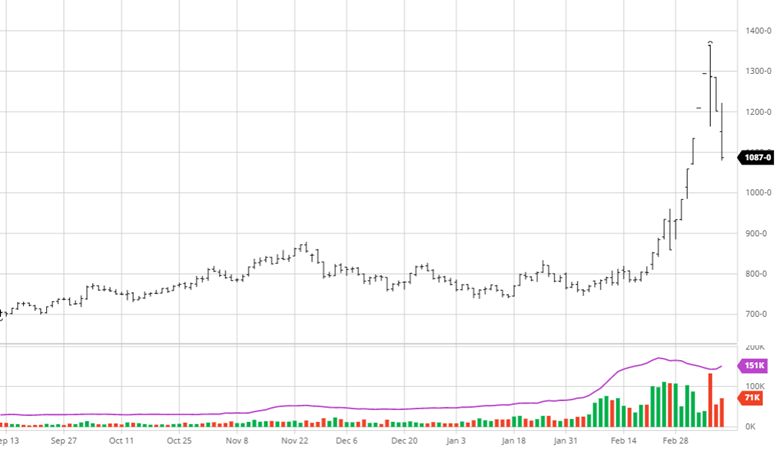

Dow Jones
The equity market fell again this week as continuing war, and another record inflation number was challenging for the market to figure out. While the market seems like it is struggling to make up its mind, there are pockets that are performing alright. The world economic outlook appears to be teetering, and trying to digest what to do with Russia will be a major decider.

Podcast
Tune in as biotech guru Dr. Channa S. Prakash discusses everything from Alabama football, genetics as one of the most extensive agricultural advancements, the most significant risk factors to feeding the world over the next 30-50 years, plus everything in between.
Why producing crop plants with a much gentler footprint on the natural resources will help feed the growing population. How 75% of the world’s patents in agriculture gene editing are coming from China. Understanding that trying to impose restrictions on our ability to grow food can be a considerable risk to agriculture. Listen to hear about these topics and more!

Via Barchart.com
Contact an Ag Specialist Today
Whether you’re a producer, end-user, commercial operator, RCM AG Services helps protect revenues and control costs through its suite of hedging tools and network of buyers/sellers — Contact Ag Specialist Brady Lawrence today at 312-858-4049 or [email protected].


